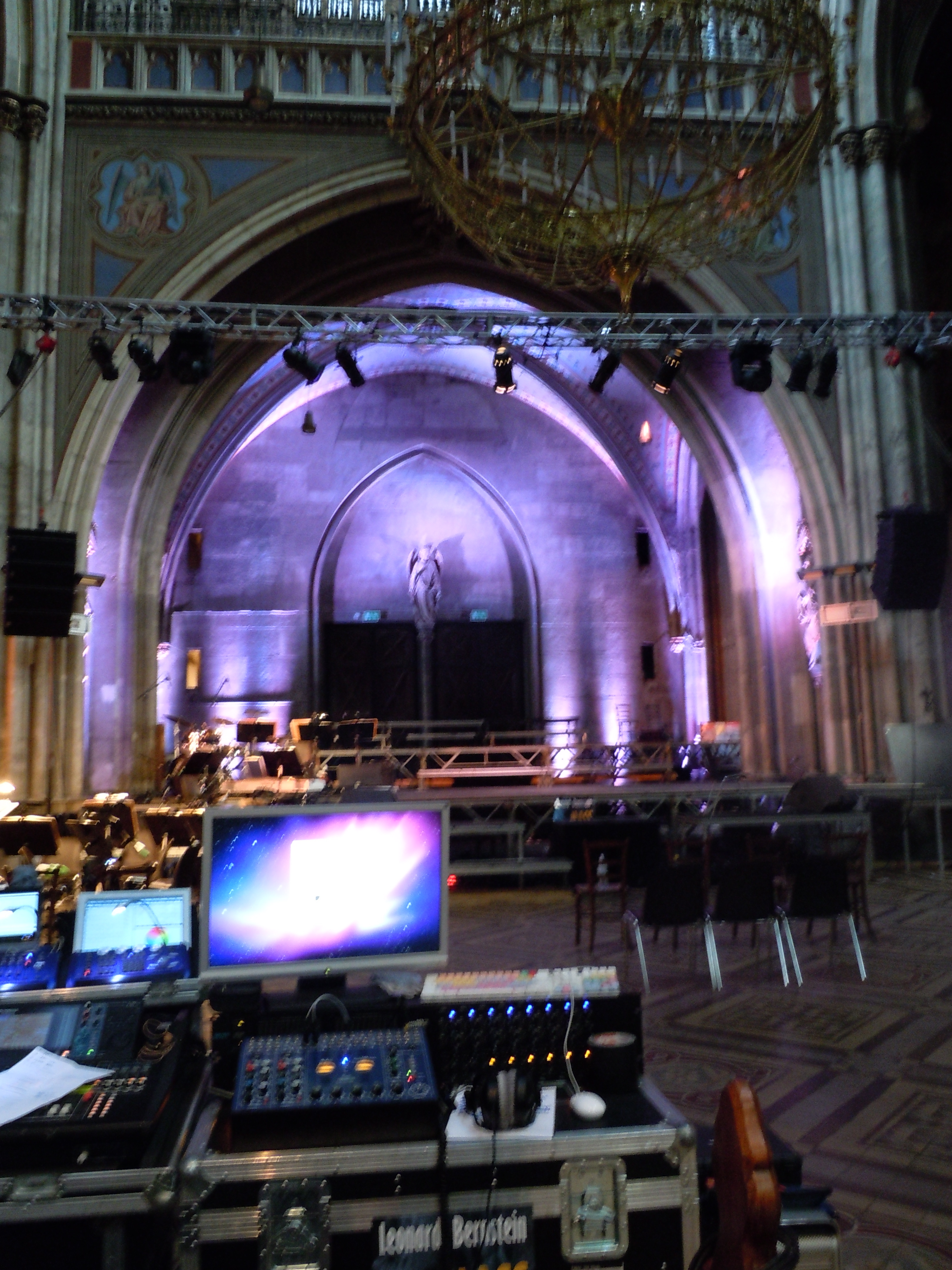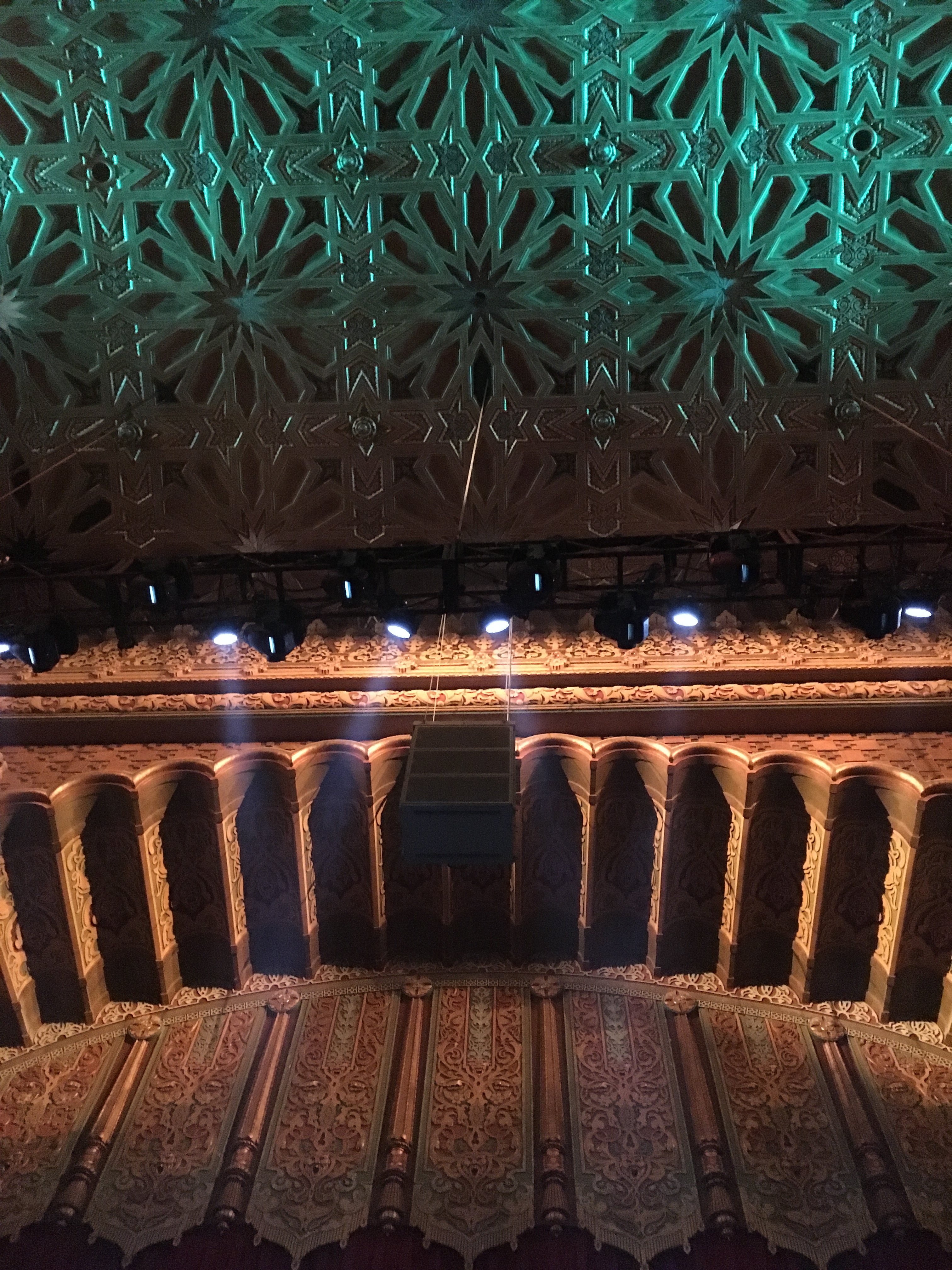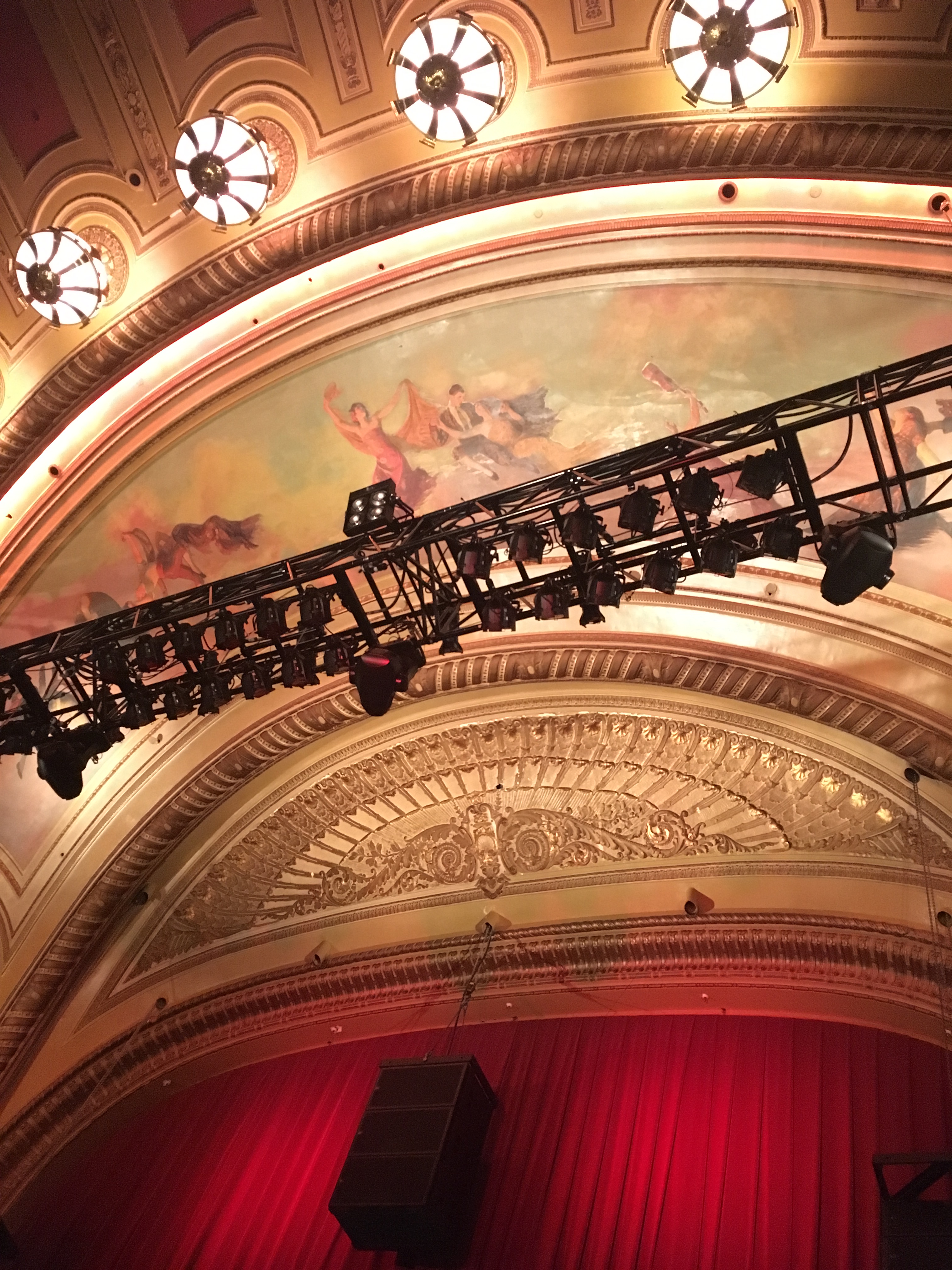Physical technology and inherited meeting places
Digital technology is central in our social and personal lives. Laptops, smartphones, and the apps installed on them allow us to communicate more frequently & at greater distances than ever before. This capability is reshaping those communications. This centrality of the role of tech mirrors the importance that churches once had in peoples' lives. The Internet Archive could be aiming to bring this back, in a more physical manner. Profiled in Tim Maly’s essay on Medium, the Internet Archive houses their primary archive and many of its servers in a church. As mentioned by Maly about digital librarian and founder of the Internet Archive, Brewster Kahle,
He wants the Internet Archive to be beloved. He wants closing it down to be politically expensive. So the virtual library is in a physical gathering place— they’re talking about opening up a café.
For this reason, he chose to house it in a beautiful building: a former church. There is something especially interesting in that choice to me, as well. Not only have churches (and other religious buildings) historically been gathering places for people, but they demand a certain sort of reverence. A historic gothic church is breathtakingly constructed with tons of stone. Perhaps that makes it all the more incongruous and intriguing to recognize such a stark collision of old and new–when digital technology and churches collide. In my travels I’ve visited many churches, one of them being the Votivkirche (Votive Church) in Vienna Austria. I took this photo in June of 2011:

The juxtaposition of the church lighting with the default screensaver of the iMac is one that doesn’t often reveal itself, and one that occurs in the church that houses the Internet Archive as well:
You’ll find yourself standing in a beautiful sanctuary. Ahead, the pews are still in place, facing the stage. Behind, looms the primary copy of the Internet Archive — three stacks of black servers nestled in an alcove and covered in blinking LEDs
The archive, in occupying a formerly sacred meeting space, embodies the social of the Internet. The hope to add a coffeeshop, too, rounds out the historical gathering places.
By making the Internet a literal institution, accessible by all and the meshing of old and new, of physical and digital, can continue. The Internet Archive stores a selection of the internet, as does the Barcelona Supercomputing Center. Both do so in former churches. According to Atlas Obscura:
What was once a hallowed place of worship known as the Torre Girona is now the home of the Barcelona Supercomputing Center, filling the expansive main hall with banks of futuristic computer equipment under glass.
The internet is made real in places all over the world, but only some create the dissonance of a community meeting place made real. A supercomputing center is perhaps a modern equivalent of a “meeting of the minds,” discussing problems facing the world and looking for solutions. Seeking answers in a place of worship is a bit different from seeking answers through supercomputing-powered analysis, but such are the intersections of meaning as structures are repurposed. Others have explored this modern dichotomy further, such as in Ian Bogost’s essay Cathedrals of Computation, or an essay by Michael Schulson on the intersection of religion and artificial intelligence. The shifting modes of community interaction and repurposing of buildings is also evident in the number of music venues that are converted historic movie theaters. The incongruity is evident in the stepped floor layout and the beautiful murals and detail on the ceilings and around the stages—now replete with lighting rigs and speakers.

